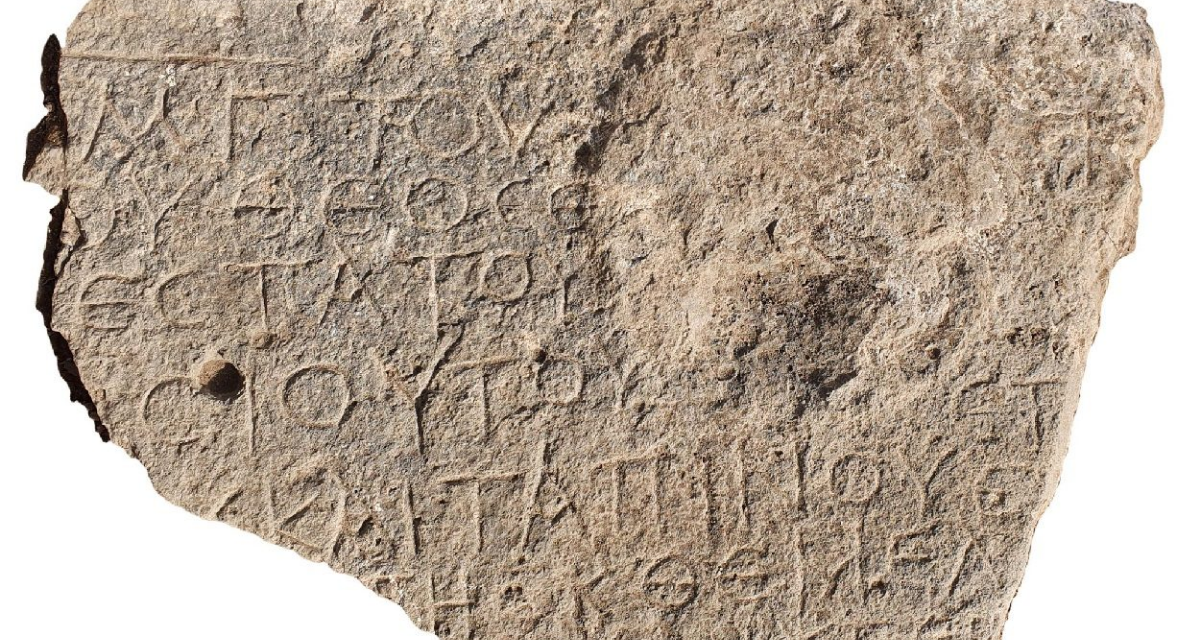The words were carved in Greek into the doorway of a building.
Archaeologists are excavating the village of et-Taiyiba in the Valley of Megiddo, also known as the Valley of Jezreel, and have uncovered an inscription that reads "Christ born of Mary," HeritageDaily reports .
According to Christian eschatology, the valley is considered the site of the final battle between the forces of good and evil, commonly referred to as Armageddon.
The term Armageddon comes from the Hebrew term Har Megiddo, which means the mountain of Megiddo.
The stone inscription is inscribed in Greek and was found in the doorway of a building dating back to AD. It dates from the end of the 5th century and was later incorporated into a later Byzantine or early Islamic building.
During the excavations in the building, two rooms were also identified, in which mosaic floors decorated with geometric patterns were found.
Leah Di-Segni, a researcher at the Institute of Archeology at the Hebrew University of Jerusalem, said the inscription is dedicated to Jesus, son of Mary, which reads:
"Christ who was born of Mary. The works of the most pious and pious bishop Theodosius and the wretched Thomas were built from the ground up. Whoever enters, pray for them”.
Theodosius, mentioned in the text as the founder of the building, was one of the first Christian bishops in the region and had religious authority in the city of Beth Seán, which served as the capital of the Byzantine province of Palaestina Secunda.
According to researchers, the purpose of the inscription is to protect against the evil eye, and it has also been found in other sites in the Byzantine world.
Walid Atrash, from the Israel Antiquities Authority (IAA), said: "This is the first evidence of the existence of a Byzantine church in the village of et-Taiyiba, and complements other finds testifying to the activity of Christians in the area."
Cover image: Christ born of Mary - reads the inscription in Greek
Source: Tzachi Lang/Israel Antiquities Authority - Izraeli Antiquities Authority












